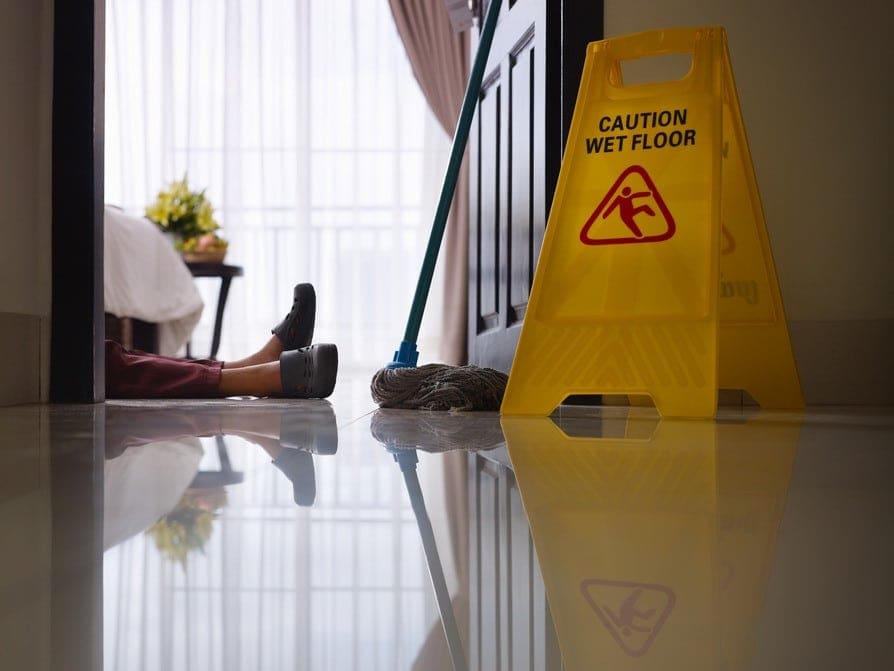Work Injuries

Workplace injuries are very common and at Wang Family Chiropractic we are ready to help you to recover sooner and function more efficiently. For many, the injury itself is only the beginning of what they have to deal with. The added stress added to the chiropractic healing process is often combined with the need to deal with a workers' compensation claim.
Not all work place injuries require extensive surgery and can be dealt with through the care provided by Wang Family Chiropractic through adjustments and physical therapy provided at our office. Most work place injuries are considered a musculoskeletal disorder. Musculoskeletal disorder refers to damage that typically affects the bones and muscle ligaments.
We also are an excellent source of basic and in-depth information to assist you with any workers' compensation question you may have. If you experience difficulty finding the answer to your questions, please contact our office directly. We can answer most of your work comp related questions, as workers' compensation cases make up a significant portion of our practice.
What Are Musculoskeletal Disorders?
Musculoskeletal disorders include a group of conditions that involve the nerves, tendons, muscles, and supporting structures such as intervertebral discs. They represent a wide range of disorders, which can differ in severity from mild periodic symptoms to severe chronic and debilitating conditions.
What Are Work-Related Musculoskeletal Disorders (WMSD)?
Work Related Musculoskeletal Disorders are musculoskeletal disorders caused or made worse by the work environment. WMSDs can cause severe and debilitating symptoms such as pain, numbness, and tingling; reduced worker productivity; lost time from work; temporary or permanent disability; inability to perform job tasks; and an increase in workers compensation costs. Musculoskeletal disorders are often confused with ergonomics. Ergonomics is the science of fitting workplace conditions and job demands to the capabilities of workers. In other words, musculoskeletal disorders are the problem and ergonomics is a solution.
Examples of Work-Related Musculoskeletal Disorders (WMSD)
- Carpal tunnel syndrome
- Tenosynovitis
- Tension neck syndrome
- Low back pain
- Mid back pain
Injury Prevention and Ergonomics
Injury prevention and ergonomic programs are designed to reduce the number of injuries occurring in the workplace.
Since the best way to treat an injury is to never get it in the first place, a proactive approach involving strategic planning to minimize injury should be taken by all employers and employees, especially where the risk of injury is high. This would include workers who sit for extended periods of time, perform repetitive movements, and workers who lift or move heavy objects.
How Common Are MSDs?
Musculoskeletal disorders of any cause are among the most prevalent medical problems, affecting 7% of the population and accounting for 14% of physician visits and 19% of hospital stays. When looking specifically at work-related musculoskeletal disorders, the Bureau of Labor Statistics (BLS) reports that in 1995, 62% (308,000) of all illness cases were due to disorders associated with repeated trauma. This figure does not include back injuries. BLS also reports that the number of cases of repeated trauma has increased significantly, rising from 23,800 cases in 1972 to 332,000 cases in 1994-a fourteenfold increase. In 1995 the number of cases decreased by 7% to 308,000 reported cases, but this number still exceeds the number of cases in any year prior to 1994. When looking specifically at cases involving days away from work, for which more detailed information is available, BLS reports that in 1994, approximately 32% or 705,800 cases were the result of overexertion or repetitive motion. This figure includes back injuries.
